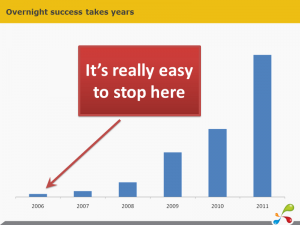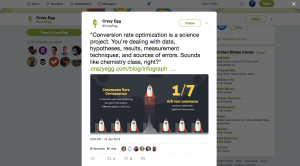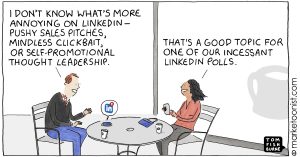You know that a successful recruitment process goes beyond filling an empty desk.
That’s why you go after the best talent. You know that focusing on talent will bring you a competent and engaged employee, saving you time and money.
But how do you do that successfully?
There are a few things that can hold your recruiters back from sourcing the best talent on the market.
Focus on a More Individual Approach
If you’re a large corporation, there is a chance that you are going to receive hundreds of resumes in response to a job post.
It’s easy to forget that there are people behind those pieces of paper. And one of the top complaints among talented candidates is that recruiters don’t treat them as individuals. Dissatisfied candidates can lead to a loss of talent and a weak brand image.
Make sure that your recruiters are personalizing their approach to selecting and engaging with talented candidates. Start by encouraging recruiters to work in close collaboration with team leaders.
Team leaders know what they want in a future employee. They know the dynamics of their teams, the intricacies of the daily routine, and the type of person who will excel in the open position. Team leaders can help recruiters pinpoint who to find and how to communicate with them.
Analyze Past Progress for a Prognosis of the Future
Boston Consulting Group reports that companies that actively source talent show 2.4x the revenue growth over those who don’t.
To make the most of the process, recruiters should look beyond keyword skills and focus on whether or not the person made a quantifiable achievement in the past. Have recruiters look for candidates who have put achievements on their resumes.
If a candidate writes that she raised sales by 5%, logic follows that she can do it again.
At the same time, it isn’t enough to focus on candidates who will directly impact revenue or ROI. Even an office manager can boost revenue if he cuts costs and does his job well.
Search Actively for Candidates via LinkedIn
When we put together our IT team at Uptowork, we based our entire strategy on leveraging LinkedIn. Why?
Passive talent responds to attractive offers on LinkedIn. The best talent is most likely employed and won’t look to job boards. But they may react to an eye-catching ad on LinkedIn.
Train your HR team to create attractive recruitment messages targeted to candidates with niche skills and specific knowledge. Next, build a database of candidates so that it is easier to keep track of and respond quickly to desirable candidates.
Yes, that means giving your staff permission to use a social media platform. But it also gives them permission to access otherwise unreachable candidates.
Shorten Your Recruitment Process to Keep Talent Interested
The top talent will leave the job market after ten days. That means you need to shorten your recruitment process if you want to add talent to your team.
Set up 24-hour turnaround checkpoints at vital steps of the process.
For example, prepare your staff to draw up offers within 24 hours of a favorable decision. That will prevent your competition from poaching your candidate.
Also, train your team to prioritize the establishment of interviews with candidates. Recruiters should schedule interviews within 24 hours of a favorable decision.
Having set deadlines for specific actions during a talent acquisition process can reduce the overall time it takes to recruit a new employee.
Because you can’t afford to wait to fill an empty position, and you can’t afford to fill it with just anyone.
Key Takeaway
Once your HR specialists can attract, identify, and retain top talent during a recruitment process, you will begin to see open positions fill up with worthy candidates.
All you need to do is to provide recruiters with the tools and training they require.
Business & Finance Articles on Business 2 Community(63)







